A hotel is an establishment that provides paid lodging on a short term basis. Facilities provided inside a hotel room vary from a modest-quality mattress in a small room with guests required to share a communal bathroom to large suites with higher quality beds, more furniture, a fridge and a private en-suite bathroom. Some hotels also offer other facilities such as restaurants, swimming pools and gyms, spas, business and conference facilities and more.
Hotels are found all over the world and come in a variety of shapes and sizes to cater for a diverse mix of people. Therefore, they must make provisions so that guests of all abilities can evacuate safely in the event of a fire or other emergency situation that requires evacuation. This includes having a suitable Emergency Voice Communications (EVC) in place.
Emergency Voice Communication (EVC)
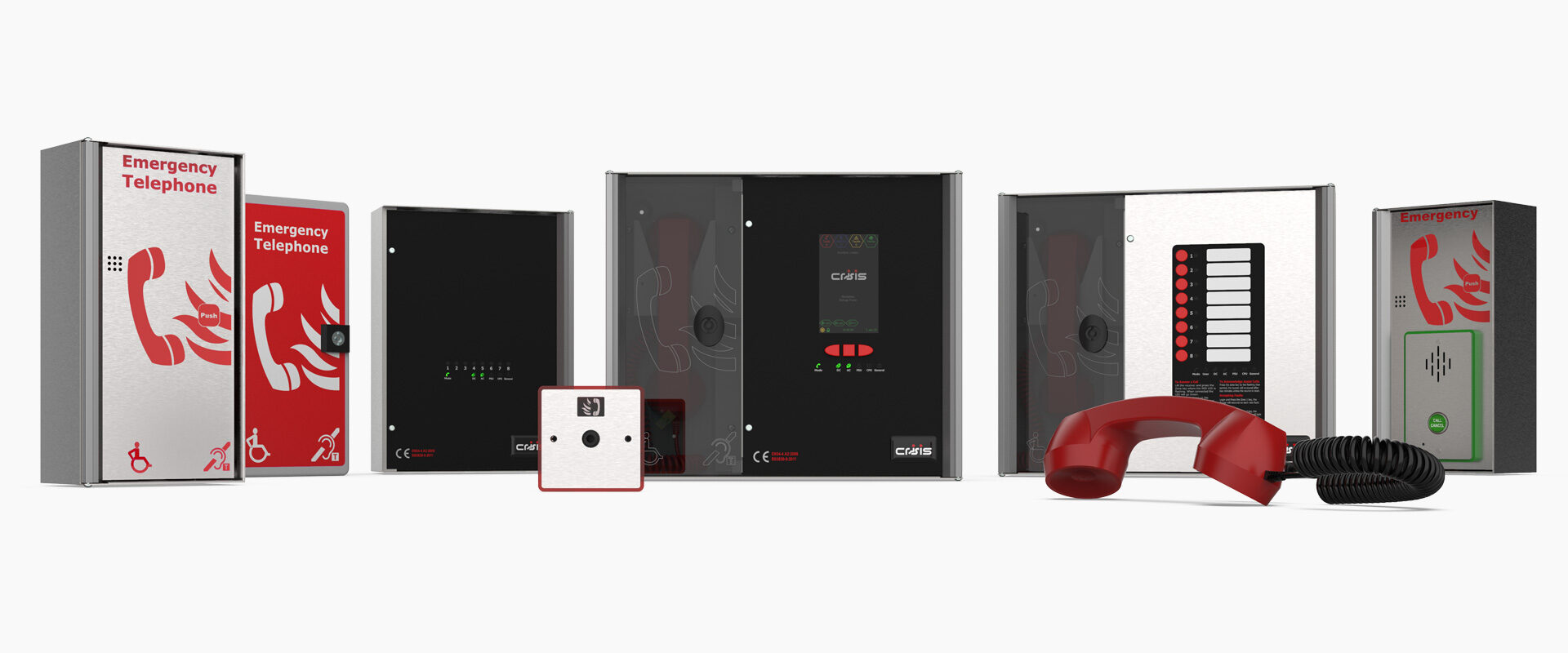
An Emergency Voice Communication system is made up of fire telephones, disabled refuge and emergency alarm systems combined into one fully integrated network. It’s purpose is to provide two-way communication between anyone inside the building that needs help with evacuation and the emergency services.
An EVC system typically consists of a central location point with a number of other points, known as outstations, that are spread throughout the building. They are designed to help people who are disbaled or use a wheelchair by increasing communication during emergencies.
However, an EVC system can also aid communication in buildings that require phased evacuation.
Fire Telephone
Fire Telephones are required in buildings over four storeys in many parts of the world. In the UK, this is governed by BS9999. They provide a hardwired, full duplex communications system with monitoring and battery backup and are intended to be used as an alternative to traditional radio systems that can often struggle in high rise buildings.
Fire Telephones are also required in buildings where the shape, size or type requires communication between a central control point and remote locations. This can assist fire marshalls in controlling evacuation.
In tall buildings that require phased evacuation, an internal speech communication system should be provided between a control point and rescue services on each storey. Outstations should be positioned at every fire-fighting entrance point, fire escape landing and fire-fighting lobby. They should be in well-lit areas with low background noise, easily accessible and positioned 1.3 to 1.4 metres above the ground.

Handpicked Products for a Hotel Fire Telephone System
Crisis Emergency Voice Communication systems combine fire telephone, disabled refuge and emergency assistance alarm systems into one fully integrated, robust network. The Crisis range is simple to install, configure and operate. The system includes compact and stylish touch-screen master stations and system expander panels which provide the perfect solution for hotel Fire Telephone systems.
EVC Control Panels

Crisis EVC Master Station
The Crisis EVC Master Station is ideal for small buildings which are required to have an EVC system, but have a limited number of outstations. It can support up to eight lines of outstation, including type A fixed phones, type B refuge hands free points, emergency assist call points or jack points. Lines auto identify by flashing red for emergency voice communication calls, blue for assist calls or flashing green for connected calls as detailed in BS5839-9:2011.
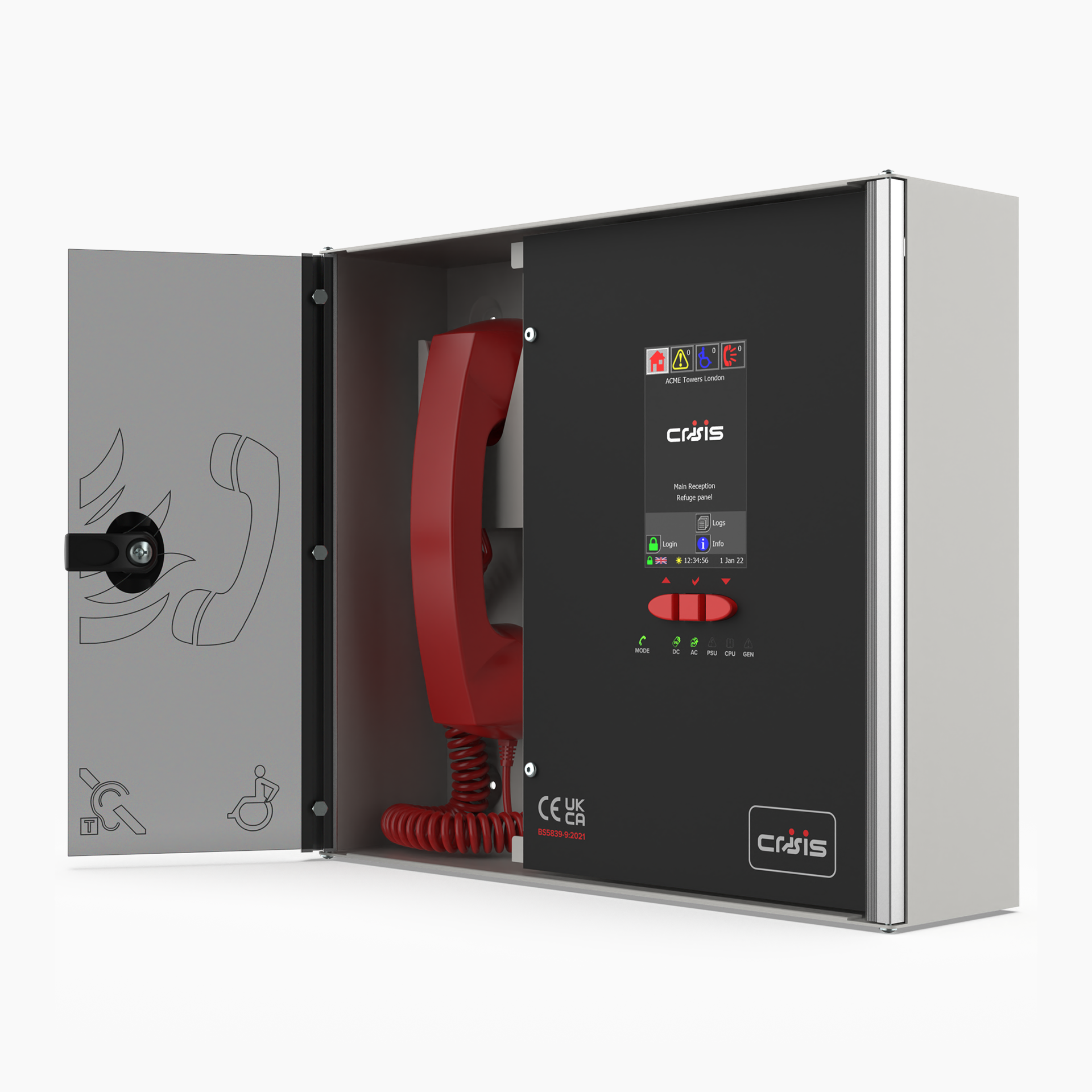
Crisis EVC Network Master Station
The Crisis EVC Network Master Station has a touch-screen layout with four buttons providing quick access to the main functions and permanently displays the number of current calls, alarms and faults. It supports up to eight lines for outstations, including type A fixed phones, type B refuge hands free points, emergency assist call points or jack points. The Crisis Network EVC Master Station also has built-in networking allowing it to form one of the 64 panels on a Crisis network. A total of 512 outstations can be accommodated and each panel can be set as a master station or network expander.
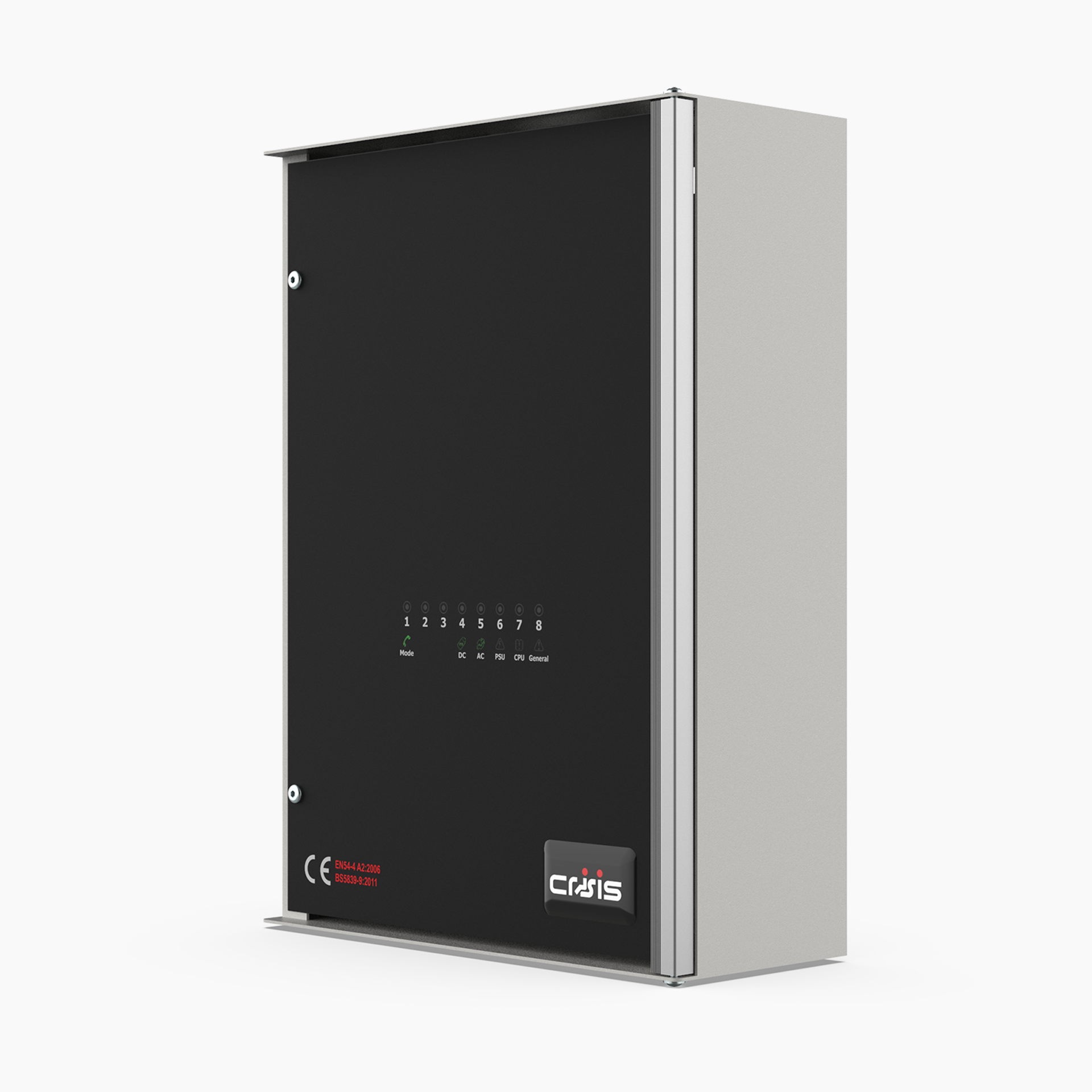
Crisis EVC Expander Panel
Crisis Expander Panels have in-built networking allowing them to form one of the 64 panels on a Crisis EVC Network installation. Each expander panel is supplied with eight lines and the display on the front of the panel provides the current call or fault status of each line of the local panel aiding fault finding.
EVC Outstations
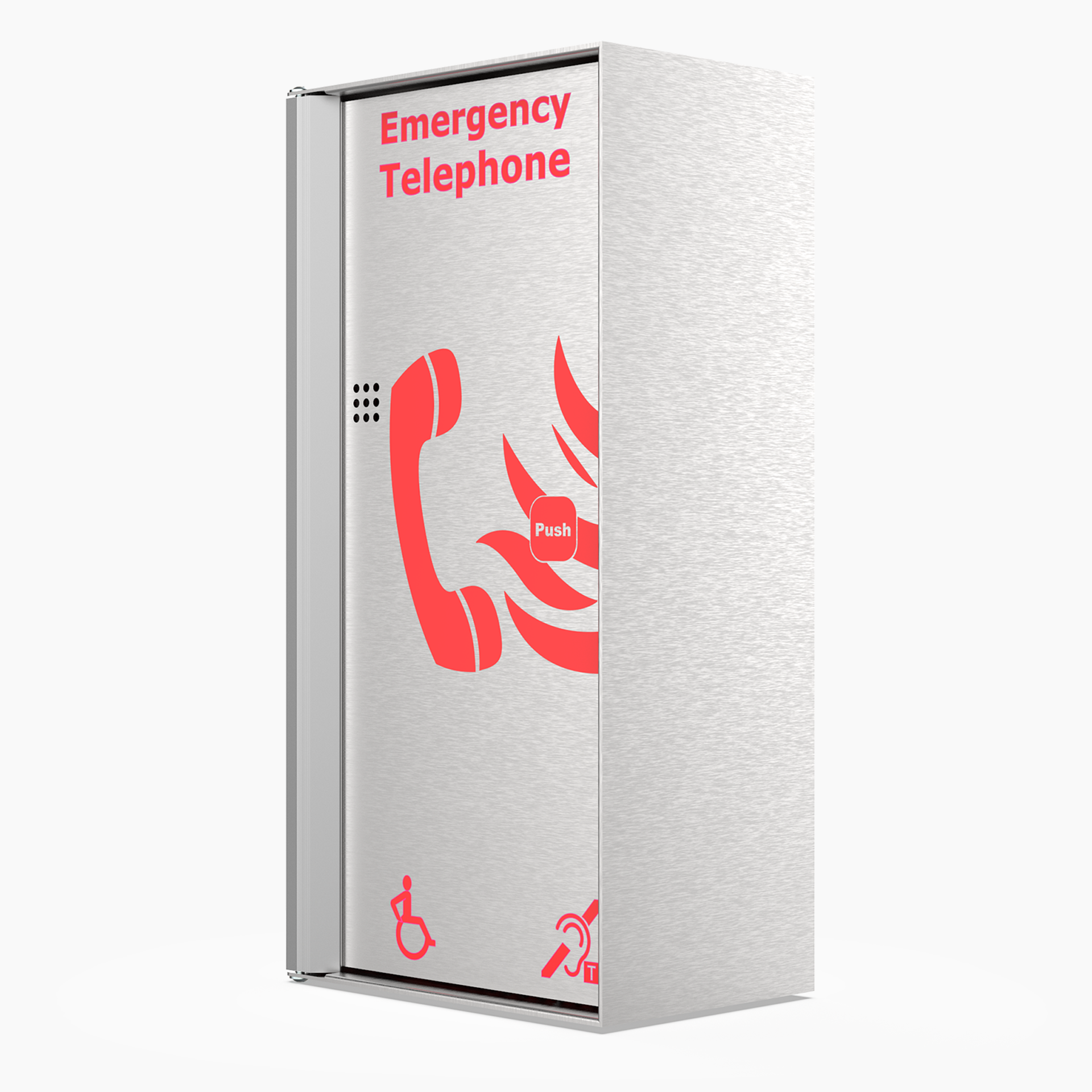
Crisis Type A Fire Telephone
Type A outstations are mainly for use by building management, fire wardens and firefighters. They should be located as described in BS9999 and Building Regulations Approved Document B. Crisis Type A Fire Telephones are compatible with the Crisis standalone and network systems and are supplied in a brushed stainless finish with a high contrast red screen print with a rugged red telephone handset behind the push door.
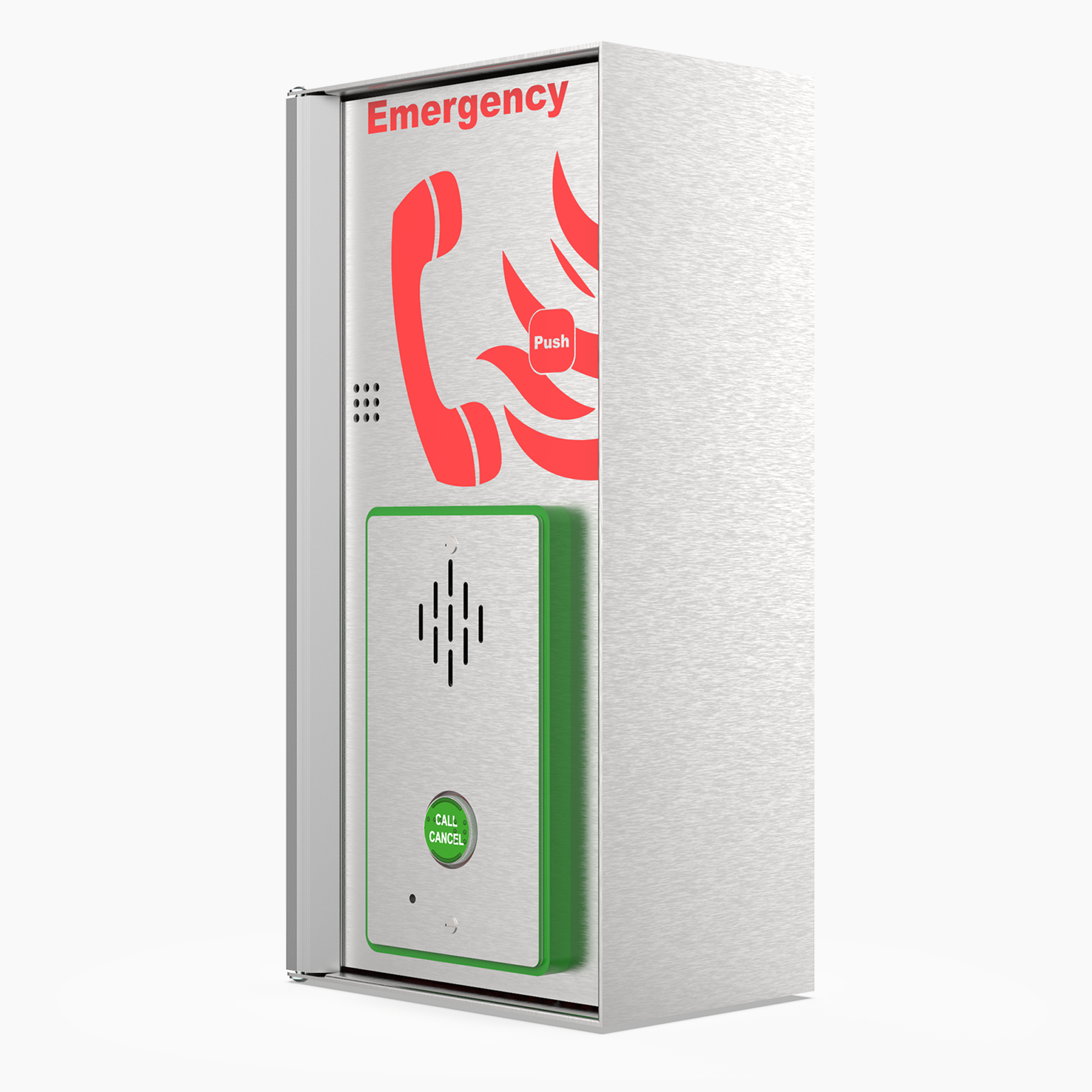
Crisis Combined Type A & B Outstation
Crisis Combined Type A & B Outstations are mainly used when the disabled refuge area is located within the fire fighting lift lobby, as described in BS9999 and Building Regulations Approved Document B. Crisis Combined Type A & B Outstations are also compatible with the Crisis standalone and network systems and are supplied in a brushed stainless finish with a Type B Refuge panel on the front with a high contrast red screen print with a rugged red telephone handset behind the push door.
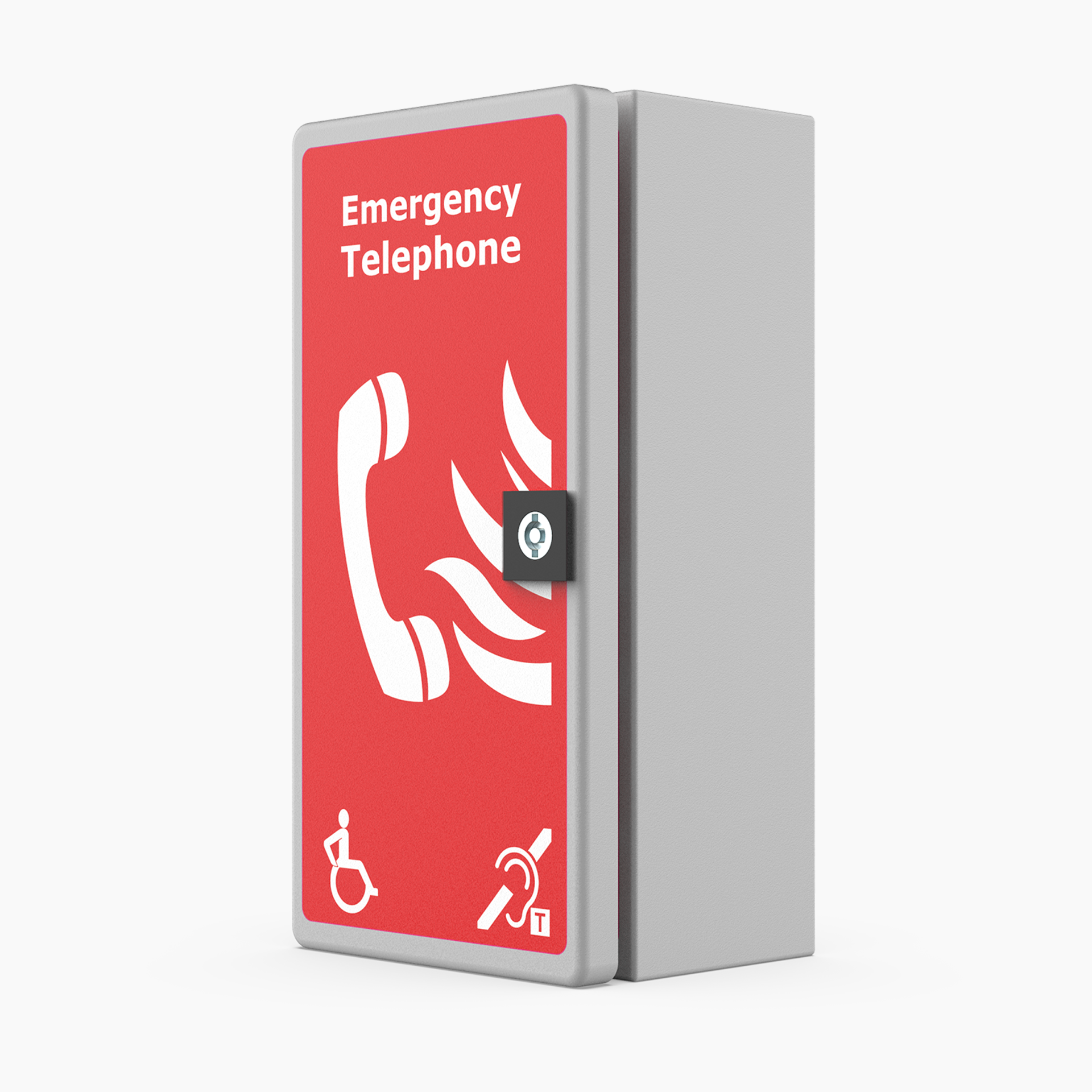
Crisis Type A Weatherproof Fire Telephone
Crisis Type A Weatherproof Fire Telephones are designed to be used by the trained staff (such as fire marshals and stewards) in outdoor environments. Type A outstations should be placed in fire telephone locations as described in Building Regulations Approved Document B and BS9999:2017, or in stewards telephone locations as described in the FSADC design guide. These weatherproof outstations are compatible with the Crisis standalone and network systems and are supplied within a compact IP65 enclosure which is externally signed. The enclosure is opened by operation of a lever lock, exposing the handset, allowing a call to be made (a key lock option is available).
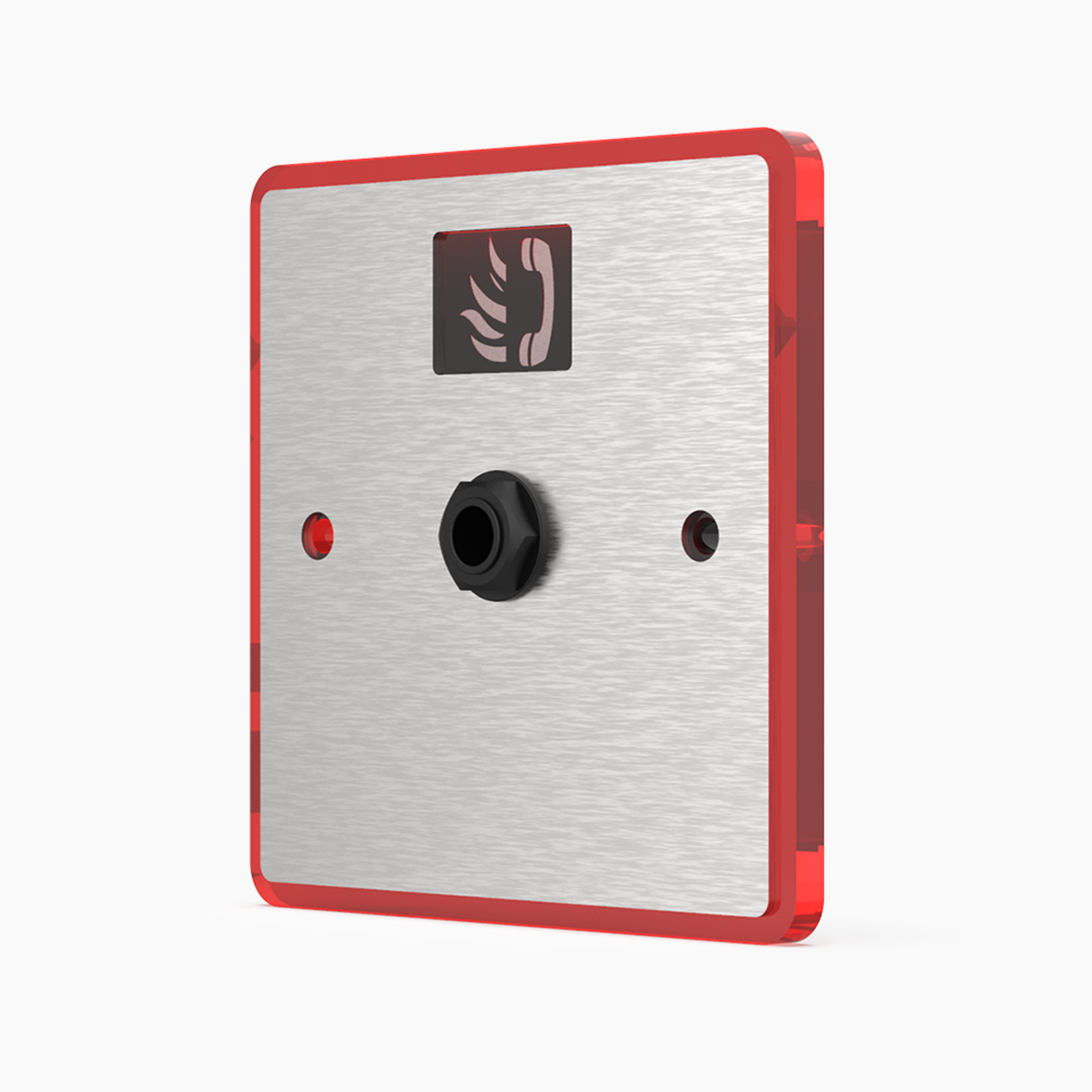
Crisis Jack Point Plate
Crisis Jack Points are generally used in the Far East and the Middle East markets. Their use in the UK is not allowed. The Crisis Jack Point Plate may be used to provide an isolated volt-free contact that can be used to signal when a roaming fire telephone has been inserted. Jack Points are typically located on each level of a building stairwell, so several levels on the same stairwell can be connected to one circuit. The Crisis EVC systems allow up to 5 telephones to be connected to the same line to have a ‘party line’ conversation with the master station at the same time.
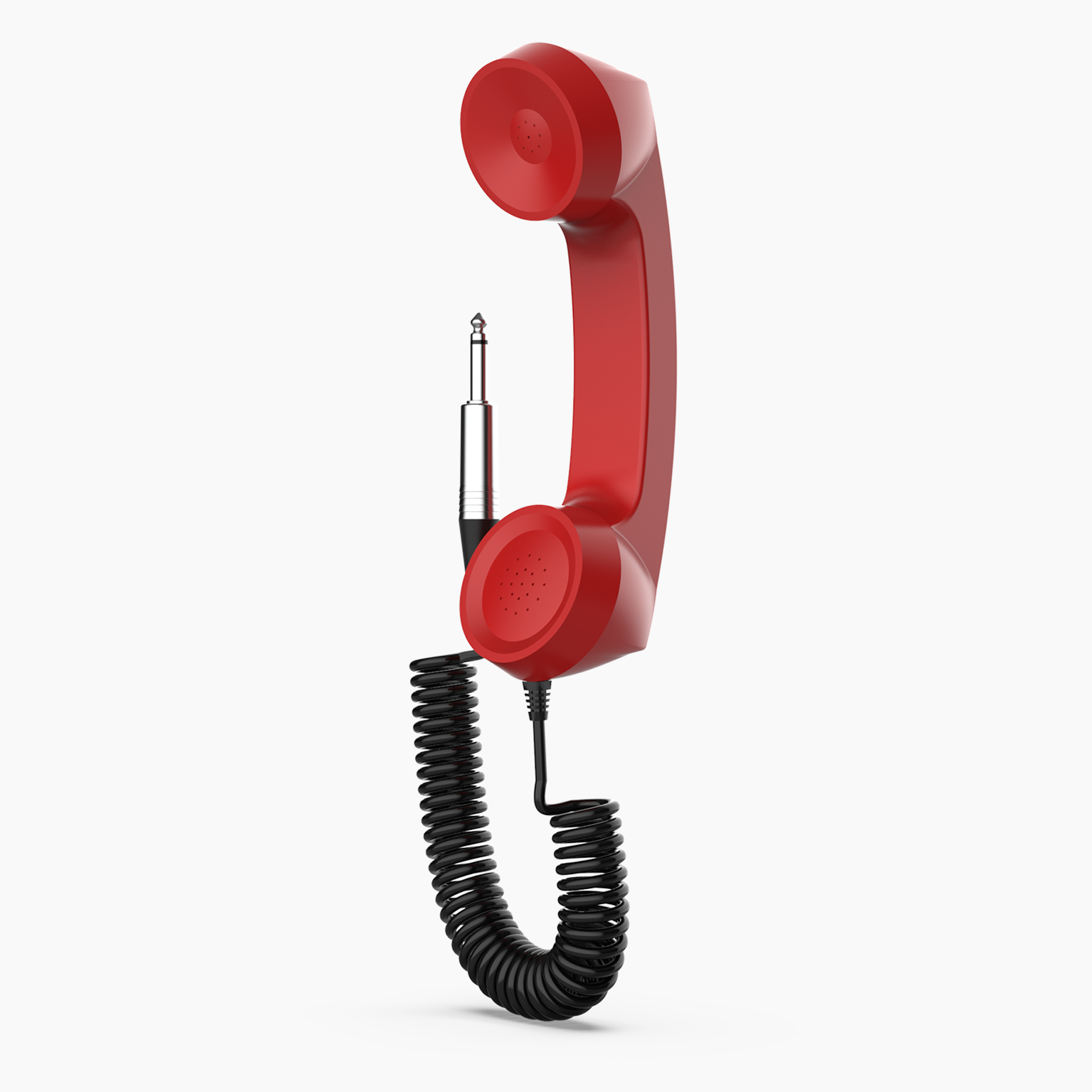
Crisis Roaming Fire Telephone
Crisis Roaming Fire Telephones are also generally used only in the Far East and Middle East. They are used in conjunction with Jack Points to provide clear communication between the control point and the emergency services.
Why Choose Eurofyre?
- Complete System Supplier
- Eurofyre manufactures and supplies all aspects of fire detection and its associated safety products, including Emergency Voice Communication systems, and can provide expert advice and consultation.
- Demonstration and Training
- We offer demonstrations and expert training on a range of systems, including Crisis EVC systems, in our very own sophisticated training facility.
- After-Sales Support
- Eurofyre offers both on-site and telephone support to assist you in ensuring that your system is fully functional and operating at maximum efficiency. Our after-sales care and support are second to none.
For more information about Crisis EVC systems, or to discuss any of the other products that Eurofyre has to offer, please feel free to get in touch either by phone on +44 (0) 1329 835 024, by email to sales@eurofyre.co.uk or via the online enquiry form situated on our contact page.
Don’t forget you can follow us on LinkedIn, Twitter and Facebook or sign up to our newsletter (in the footer below) to receive all the latest information from Eurofyre.